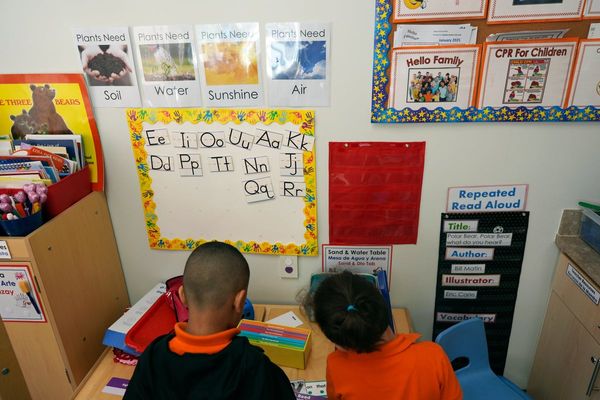
Now is the perfect time to shore up your retirement accounts and make sure you are as well-positioned for the future as possible. Before year-end, aim to top off retirement savings plans, and if appropriate, take your RMDs.
What retirement account moves should you make before 2025?
You have until December 31 to contribute up to $23,000 to your 401(k) for 2024 if you’re younger than 50. You can put in an extra $7,500 if you’re 50 or older by the end of the year, for a total $30,050. For IRAs, you have until the April 2025 tax-return filing deadline to contribute the $7,000 maximum, or $8,000 if you’re 50 or older.
If you’re self-employed, you may be able to stash even more in a retirement account. As a sole proprietor, if you want to make an employee contribution to your own solo 401(k) account for 2024 (the same employee-contribution limit applies as with a 401(k) from standard employment), you must establish the solo 401(k) and indicate that you plan to make an employee deferral by the end of 2024. But you have until the April 2025 tax-return filing deadline to make your employee contribution.
You can also contribute up to 20% of net self-employment income as an employer, and you have until the April 2025 tax-filing deadline to make that contribution. Total contributions have a limit of $69,000 — or $76,500 if you’re 50 or older.
With a SEP IRA, you can contribute as much as 20% of your net self-employment income, with a $69,000 limit for 2024. You have until the April 2025 tax-filing deadline to establish and fund your SEP IRA for 2024.
When should you take RMDs?
If you turned 73 in 2024, the deadline to take your first required minimum distribution from traditional IRAs and 401(k) plans is December 31, 2024.
The law known as SECURE Act 2.0, enacted in late 2022, lowered the penalty for missed withdrawals from 50% of the amount you should have withdrawn to 25% (10% if you correct the missed withdrawal in a timely manner). Still, that’s a significant chunk of your nest egg, so it’s important to get it right the first time. To calculate your RMD, divide your year-end account balance from the previous year by the IRS life-expectancy factor based on your birthday in the current year. Your plan provider (or providers) should calculate RMDs for you, or you can use the IRS worksheets.
Note: This item first appeared in Kiplinger's Personal Finance Magazine, a monthly, trustworthy source of advice and guidance. Subscribe to help you make more money and keep more of the money you make here.







